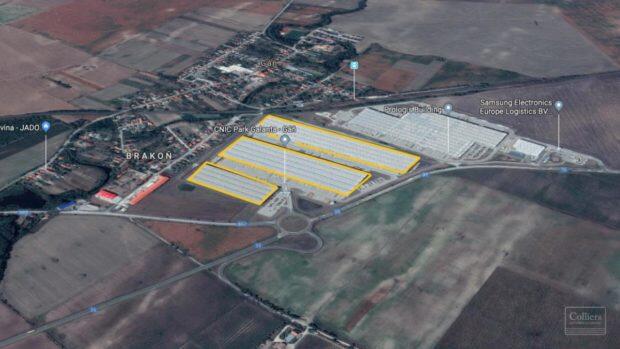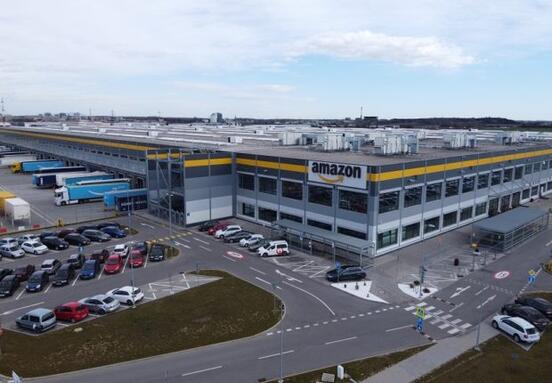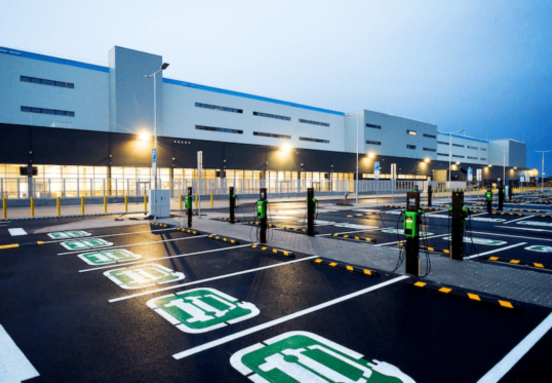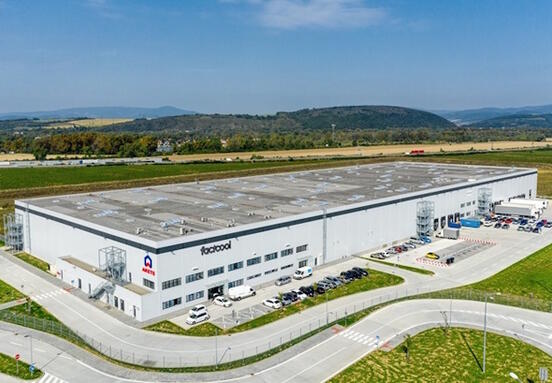According to Colliers, a leading company offering a broad portfolio of professional services in commercial real estate and investment management, Western European capital (especially German and British funds) was most active and responsible for around 50% of all volumes in the first quarter of 2021 in the CEE region (CEE).
Kevin Turpin, CEE Regional Research Director, explains: “As the pandemic continues to affect capital markets, investment flows in Central and Eastern Europe fell by almost 48% to around € 2 billion compared to the first quarter of 2020. Despite a slow start, we currently estimate that volumes in Central and Eastern Europe will accelerate at the end of 2021, reaching a level similar to that of 2020, ie around EUR 10 billion. Preliminary volumes in the EMEA region (Europe, Middle East and Africa) predict a year-on-year decrease of about 32%."
Poland gained about 65% of all volumes, followed by the Czech Republic with 14% and Hungary with 11%.
Flows in CEE by sector
50% of the total volume of transactions fell on offices, followed by industry and logistics (28%) and retail (11%). Overall, prices have remained relatively stable, but in the industry and logistics sector, further compression is expected during the year, depending on transaction activity, which in turn will depend on product availability.
The growth rate of CEE investment volume
All countries in the region recorded a year-on-year decline in volumes compared to the first quarters of 2020, with the exception of Hungary and 2019 with the exception of Poland. Despite the slow start, the mood of investors indicates a significant increase in activity in the second half of the year, depending on the development of the pandemic and the return to free travel.
Slovak investment market
Richard Urvay, CEO of Colliers in Slovakia, assesses the current development in the Slovak investment market as follows: "Investment volume in Slovakia will increase compared to previous periods, due to the conclusion of one of the largest investment transactions in the Slovak market through the announced sale of Aupark shopping center.
In contrast to the surrounding countries with disproportionately higher investment activity, a similar transaction is unique on the Slovak market and will logically fundamentally affect the total investment volume, according to Richard Urvay. At the same time, it is very important for the Slovak real estate market that investment activity is gradually increasing in other sectors as well, not only in logistics, which has been dominant in recent months."
Returns on the most attractive investments
We have seen very little movement in the returns on the most attractive investments, mainly due to the persistent lack of transactional evidence to support further shifts.
"We continue to think that while some shifts are necessary, basic, well-functioning assets should be maintained, with more pressure on less attractive products. Due to the high interest of investors in logistics assets, we expect further compression in this asset class, "adds Kevin Turpin.
Flows in CEE according to the origin of the buyer
In the first quarter of 2021, Western and Northern European funds dominated, accounting for 50% of the volume, with capital coming mainly from the United Kingdom and Germany. Domestic investors from Central and Eastern Europe, consisting mainly of Polish, Czech and Hungarian capital, also remained very active, especially in their own domestic markets. Although travel restrictions prevent many investors from looking at opportunities and dampening investment volumes, capital from Singapore and South Africa has been leveraged.
Key economic indicators
Assuming that the pandemic comes under control and allows economies with fewer constraints to operate, the economies of Central and Eastern Europe are expected to start recovering at an average rate of around 4.3% per year during 2021 and 2022. Unemployment rates rose during 2020, although perhaps not as sharply as some would expect. This has had a positive effect on the growth prospects of retail sales, which will hopefully bring retailers and the real estate sector a much-needed positive mood.
Source:// Systémy logistiky







